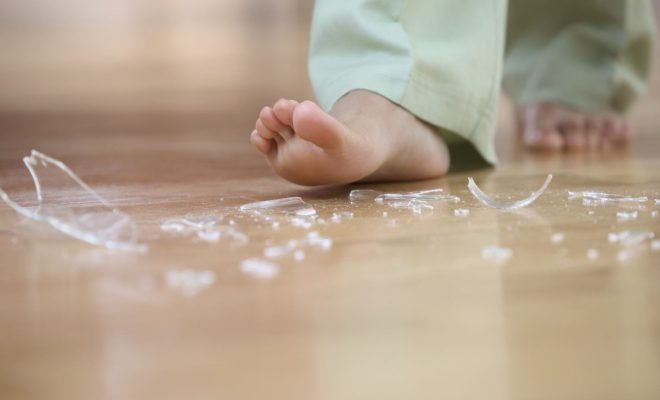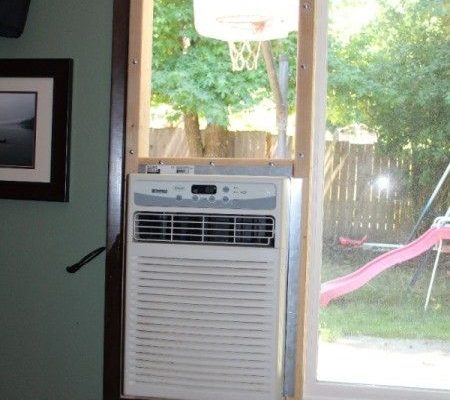3 Ways to Remove Glass from a Wound

Introduction
Glass injuries can happen in a myriad of situations, from broken windows to shattered dishes. Removing glass from a wound should be approached with caution to prevent further injury or infection. In this article, we will explore three effective methods for removing glass from a wound safely.
1. Tweezers and Magnifying Glass
For small, visible shards, using tweezers and a magnifying glass is often the best method. Sterilize the tweezers with rubbing alcohol before use to minimize the risk of infection. With the magnifying glass, carefully locate and identify each piece of glass embedded in the wound. Using steady hands and keeping the head in a neutral position, gently grasp each shard with the tweezers and remove it carefully from the skin. Once all visible fragments have been removed, clean the wound thoroughly with mild soap and water, pat it dry, and apply an antibiotic ointment and bandage.
2. Adhesive Tape Technique
The adhesive tape technique can be helpful for removing tiny or hard-to-reach shards of glass in shallow wounds. This method uses a sticky surface, such as duct tape or medical adhesive tape, to gently lift glass from the skin’s surface. Before starting, clean the wound with soap and water to remove any dirt or debris. Cut out a small piece of adhesive tape and gently press it onto the skin around the wounded area without causing irritation or pain. Slowly peel back the tape while maintaining firm pressure to lift any remaining shards from the wound’s surface. After removing all visible shards using this method, clean and dress the wound as previously described.
3. Professional Medical Assistance
In situations where glass fragments are deep within the tissue or where multiple shards are embedded in sensitive areas of your body (such as near joints or blood vessels), seeking professional medical assistance is crucial. In these cases, attempting to remove large fragments or glass deeply embedded in the tissue can cause more harm than good. A healthcare professional can perform an appropriate procedure to extract the glass, such as surgery or manual extraction using specialized tools – all while ensuring your safety and minimizing the risk of infection or further injury.
Conclusion
It’s essential to approach glass removal with care and maintain your safety throughout the process. Utilizing these methods can help you manage minor glass wounds effectively. However, it’s crucial to know when professional medical assistance is necessary for deep or complicated injuries. Taking proper precautions and following the correct steps will ensure that your wound heals properly and minimizes the potential for any long-term complications.






